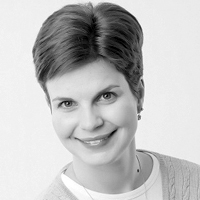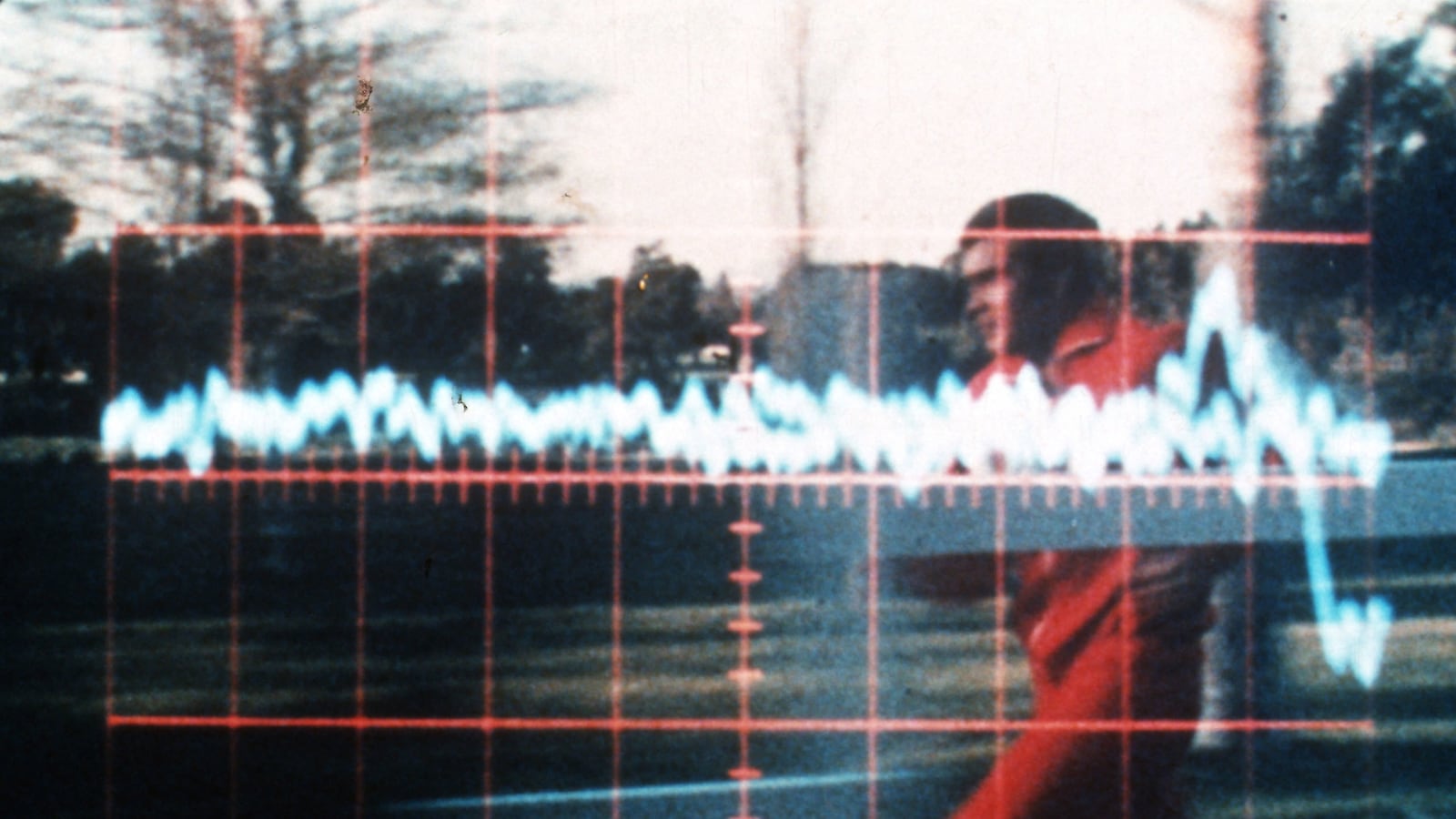When it comes to understanding the sick, studying the healthy generally isn’t seen as productive. After all, these people don’t have the disease in question. With no obvious pathology, physicians and scientists have little to study. No cellular and physiological processes are going wrong to cause disease, nor are healthy individuals much use in testing potential treatments. If you’re not sick, it’s hard to get better. So what can researchers possibly learn from people who are, by any standard, perfectly healthy?
As it turns out, plenty.
It’s a strange and paradoxical new idea in medical research: that the key to curing the sick is the study of the well. It goes against many of the things physicians and researchers are taught in school. For centuries, scientists worked to diagnose and understand illness by identifying people with disease and determining the genetic and environmental factors that were contributing to disease. Then, they tested potential drugs that might relieve symptoms or even find a cure.
Although this method has had plenty of successes, many diseases remain without treatments. Instead of identifying individuals who are ill to figure out what goes wrong, a small group of scientists are beginning to study those people who should be sick but aren’t. Scientists Stephen Friend of Sage Biosciences and Eric Schadt of Mount Sinai School of Medicine described a new endeavor called the Resilience Project last month in the journal Science, which seeks to find individuals carrying genes that should normally lead to severe disease but have no signs of illness.
Schadt and Friend call these people “unexpected genetic heroes,” and believe they are far more common than anyone thought. Hidden somewhere in their lives—whether in their billions of DNA base pairs or in their lifestyle—is why they have managed to stay healthy when other, similar individuals got sick.
“The human genetics community is focused on disease. We want to turn it around and identify people who should be sick but aren’t,” Schadt says. “However they manage to resist disease could yield new treatments.”
In the early days of medicine, before scientists even knew what genes and DNA were, physicians had noticed that certain diseases (called “inborn errors of metabolism”) tended to run in families. Either a person had the disease or they didn’t—there was no “in-between.” In other words, a person’s genes (their genotype) always matched the presence of symptoms (their phenotype). Healthy individuals had lucked out while their sick relatives simple ended up with a bad genetic roll of the dice.
Over time, researchers were able to link many of these disorders with mutations in single genes. At first, it looked like the earlier physicians were right, and if someone carried a gene mutation for a disorder, then they had the disorder. But as pedigrees and gene sequencing grew more sophisticated, researchers were learning that this wasn’t always the case. For some illnesses, having a mutation in one specific gene usually—but not always—caused disease.
Geneticists refer to the percentage of individuals carrying a genetic mutation for a particular disorder that also show signs of illness as penetrance. If scientists identify 100 individuals with the same mutation, and 75 of them have disease, the penetrance is 75 percent. Although the penetrance measures for many of these inborn errors of metabolism may not be 100 percent, they are still generally quite high. Exactly how high remains unclear. “These measures of penetrance are likely artificially high,” says University of Cardiff medical geneticist David Cooper.
This has to do with the way penetrance is calculated, he says. Generally, geneticists determine penetrance using large family pedigrees in which several individuals are affected by a particular illness. The families are usually identified after one family member shows signs of disease and presents for medical care. Their family members share much larger amounts of DNA with the affected individuals than members of the general population, which means they are also likely to carry other genetic variants that affect whether a person gets sick or is able to somehow resist the effects of disease. “The way we calculate penetrance is biased,” Cooper says.
Friend and Schadt are banking on this discrepancy.
“In 2012, I got to thinking why it was so hard to develop drugs. I realized it was because the targets we find are not the ones needed to develop preventive therapies,” Friend says. Those targets could be found not in sick individuals, but in well ones.
Although individuals carrying disease-causing mutations that have stayed healthy may be more common than researchers thought, they are nonetheless fairly rare. Schadt and Friend estimate that one in every 20,000 people is one of these unexpected genetic heroes. Finding even a small subset of these individuals means screening a lot of individuals.
This summer, the Resilience Project will begin accepting DNA samples from individuals around the world. In the first year, Schadt hopes to collect approximately 50,000 samples, and increase the total number of samples to 1 million by the end of the second year as they recruit more scientists and more locations to study the samples. They are only accepting DNA samples from individuals over the age of 40, to make sure there is no chance that the person has a delayed onset of a childhood disorder. The Resilience Project will mail kits to individuals who sign up to participate. After swabbing the inside of their cheek, the kits will be mailed back to the researchers, who will then analyze the DNA from each participant.
Since the time and cost of genetic sequencing has decreased dramatically in recent years, the Resilience Project can screen thousands or millions of individuals for these rare mutations. Their work is lessened slightly by the fact that they are not sequencing each person’s whole genome—instead, they are only looking for around 150 mutations for illnesses like cystic fibrosis, Tay-Sachs, and Gaucher’s disease. Friend and Schadt fully expect that the vast majority of project participants will not carry any of the mutations they are looking for. For these individuals, their participation in the study will be concluded. For those few unexpected genetic heroes that are identified, however, they will be asked for more data.
Whether these individuals have sub-clinical symptoms that were never identified or no sign of disease at all, the researchers hope that by delving into their genomes and their life histories, they can discover the factors that reduce the severity of a disease or eliminate it entirely. These methods, researchers hope, will yield newer and more effective treatments for people currently suffering from disease.
Schadt and Friend are aware that their project could have tremendous impact on the lives of their unexpected genetic heroes, both in terms of genetic testing, family planning, and medical decision-making. As such, any of these resilient individuals that they identify will be paired with a professional genetic counselor to help them sort through the issues and address any concerns.
The pair isn’t alone in their endeavor to search for disease cures using healthy individuals. Labs around the world are embarking on similar projects, although none is currently looking for individuals carrying specific disease mutations.
“This is not a trivial undertaking. Each mutation could take a person years to study in the laboratory,” Cooper says.
Friend and Schadt aren’t just searching for the proverbial needle in a haystack. They’re searching for a needle in a pile of needles. The good news, they say, is that they don’t need a huge group of people to make tremendous progress fighting disease.
“All we really need is one. Just one. That might just be enough to give us the information to find a treatment,” Schadt says.






